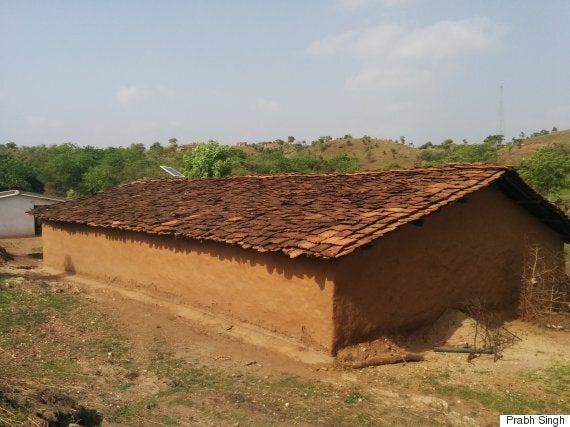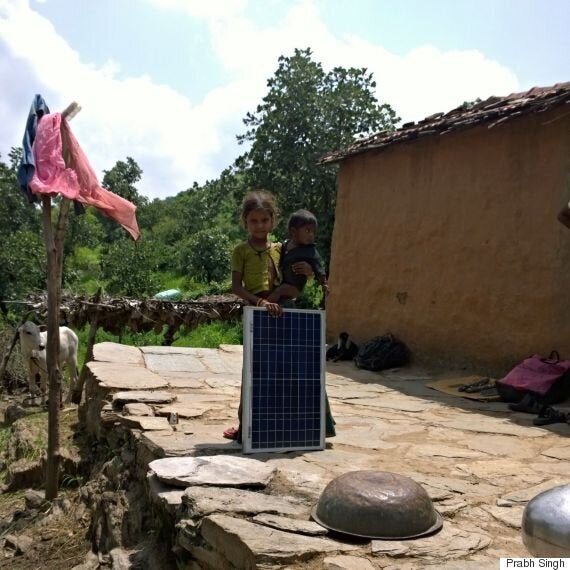For the 76 households in the tiny Indian village of Naro ka Kheda, northern Indian state Rajasthan, walking seven kilometres to charge their mobile phones was part of their weekly routine.
The village, situated 25kms away from Udaipur, had never had its own power supply. On 23 July 2015, the first house was electrified, thanks to a pilot project by a Durham University Business School student.
Prabh Singh, a 24-year-old who originally hails from Delhi, always dreamed of wearing a three-piece suit and working in an investment bank. Instead he hatched a plan to bring electricity to remote areas in his home country.

Prabh Singh was inspired by the availability of solar panels on eBay
"I was talking with three classmates about the availability of solar panels on eBay and how people in Britain live off the grid during their casual fishing trips using affordable solar power," he explains. "It ended up being the inspiration of my project.
"I thought, if the people in the West can use solar power as a luxury item, then why can’t people in my home country, where around 75m people live without electricity, use it as a necessity item?"
And so "Project Kiran" - which means "ray" or "ray of light" in Sanskrit - was born.
"Despite being born and brought up in India, I had never spent a night in a village, let alone a night in a village without access to electricity," Singh says. "I worked with the villagers, lived with the villagers and sat on the floor in their dark houses eating with them to get a sense of the benefits 'Project Kiran' could bring."

A solar panel sits on one of the village's houses
The £7,000 cost of the pilot project was covered by collective crowdfunding from the villagers and North East Centre for Technology Application and Reach (NECTAR), an autonomous society in the Indian government, who agreed to support to the initiative.
The project created an ‘easy to install and service’ electricity kit, ensuring the initiative was accessible to residents in remote locations and comprised of a solar panel, three light bulbs, a strip light and a charging socket for a mobile phone. It has also been able to set up a maintenance network bringing in revenue, which Singh says enables the village to add around 50,000INR (£500) to their local economy.

Children from the village pose with one of Singh's solar panels
Now, Singh wants to take his ray of light to other villages, and hopes to turn his project into a profit making business, aimed at encouraging rural entrepreneurship.
"I am in talks with an Indian central government agency to replicate the same project in 50 remote Indian villages based on the similar kind of revenue and service mechanism.
"The happiness and the amazement which I saw in those villagers' eyes after they used electricity in their house for the first time is unmatched to any professional accomplishment that I could ever imagine achieving."
Are you an entrepreneur under 30 with a green business? Then we'd love to hear from you. Get in touch: lucy.sherriff@huffingtonpost.com
